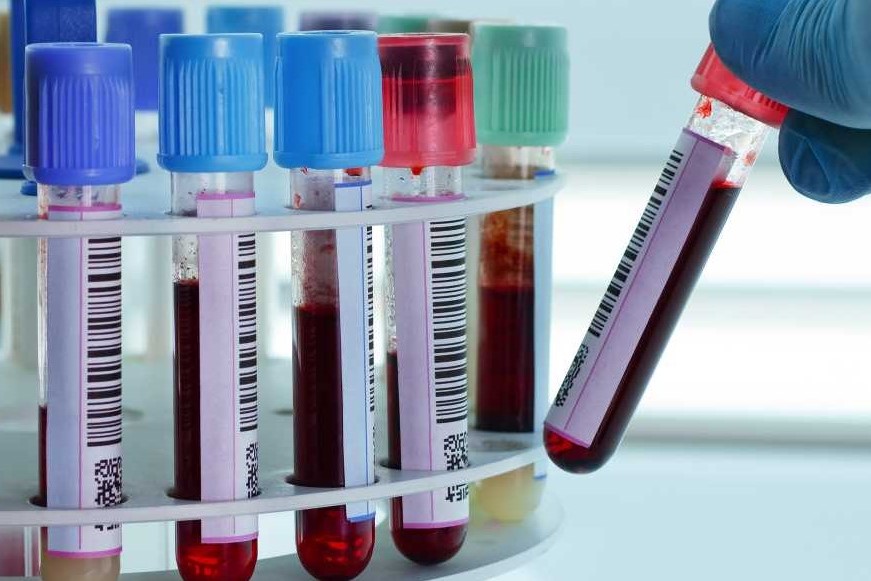
Bilirubin, what are the normal values
Bilirubin is the main breakdown product of haemoglobin. It is divided into direct or conjugated bilirubin (water-soluble and can be excreted by bile) and indirect or unconjugated (only partially soluble)
Normal values for bilirubin
Normal values for total bilirubin range between 0.2 and 1.1 mg/dL.
Post-hepatic direct (or conjugated) bilirubin should not exceed 0.3 mg/dL; pre-hepatic indirect (unconjugated) bilirubin should remain within 0.8 mg/dL.
When total bilirubin values exceed 2-2.5 mg/dL, jaundice appears, characterised by yellow discolouration of the skin and sclerae.
The absence of bilirubin in the urine suggests that jaundice is due to an increase in unconjugated bilirubin
An increase in total bilirubin may be due to cholestasis, hepatocellular damage, increased haemolysis, Gilbert syndrome.
Elevated direct bilirubin values are caused by an obstruction of bile flow (due to hepatic cholestasis, cholestasis gravidarum, pancreatic carcinoma, parasitic diseases).
A decrease in bilirubin – either total or direct – may indicate aplastic anaemia, sideropenic anaemia or barbiturate abuse.
Read Also
Emergency Live Even More…Live: Download The New Free App Of Your Newspaper For IOS And Android
Bilirubin Encephalopathy (Kernicterus): Neonatal Jaundice With Bilirubin Infiltration Of The Brain
Urine Tests: Glycosuria And Ketonuria Values
Colour Changes In The Urine: When To Consult A Doctor
Paediatric Urinary Calculus: What It Is, How To Treat It
What Is Bilirubin And Why Measure It?
High Leukocytes In The Urine: When To Worry?
The Colour Of Pee: What Does Urine Tell Us About Our Health?
What Is Aspartate Aminotransferase And Why Is It Measured?
Pee Colour: Causes, Diagnosis And When To Worry If Your Urine Is Dark
Kidney Function: What Is Azotemia?
Haemoglobinuria: What Is The Significance Of The Presence Of Haemoglobin In Urine?
What Is Albumin And Why Is The Test Performed To Quantify Blood Albumin Values?
What Is Cholesterol And Why Is It Tested To Quantify The Level Of (Total) Cholesterol In The Blood?
Gestational Diabetes, What It Is And How To Deal With It
What Is Amylase And Why Is The Test Performed To Measure The Amount Of Amylase In The Blood?
Adverse Drug Reactions: What They Are And How To Manage Adverse Effects
Albumin Replacement In Patients With Severe Sepsis Or Septic Shock
Provocation Tests In Medicine: What Are They, What Are They For, How Do They Take Place?
What Are Cold Agglutinins And Why Is The Test Performed To Quantify Their Values In The Blood?
Why Is Pee Yellow? The Color Of Urine And The Role Of Urobilin
Sugars: What Are They Good For And When Are They Bad For Us?
Urine Test: What It Is Used For And What It Detects
Glycated Haemoglobin: What It Is And Why It Is Important
Haemochrome, What Is It? When Are Red Blood Cell Values Normal?



